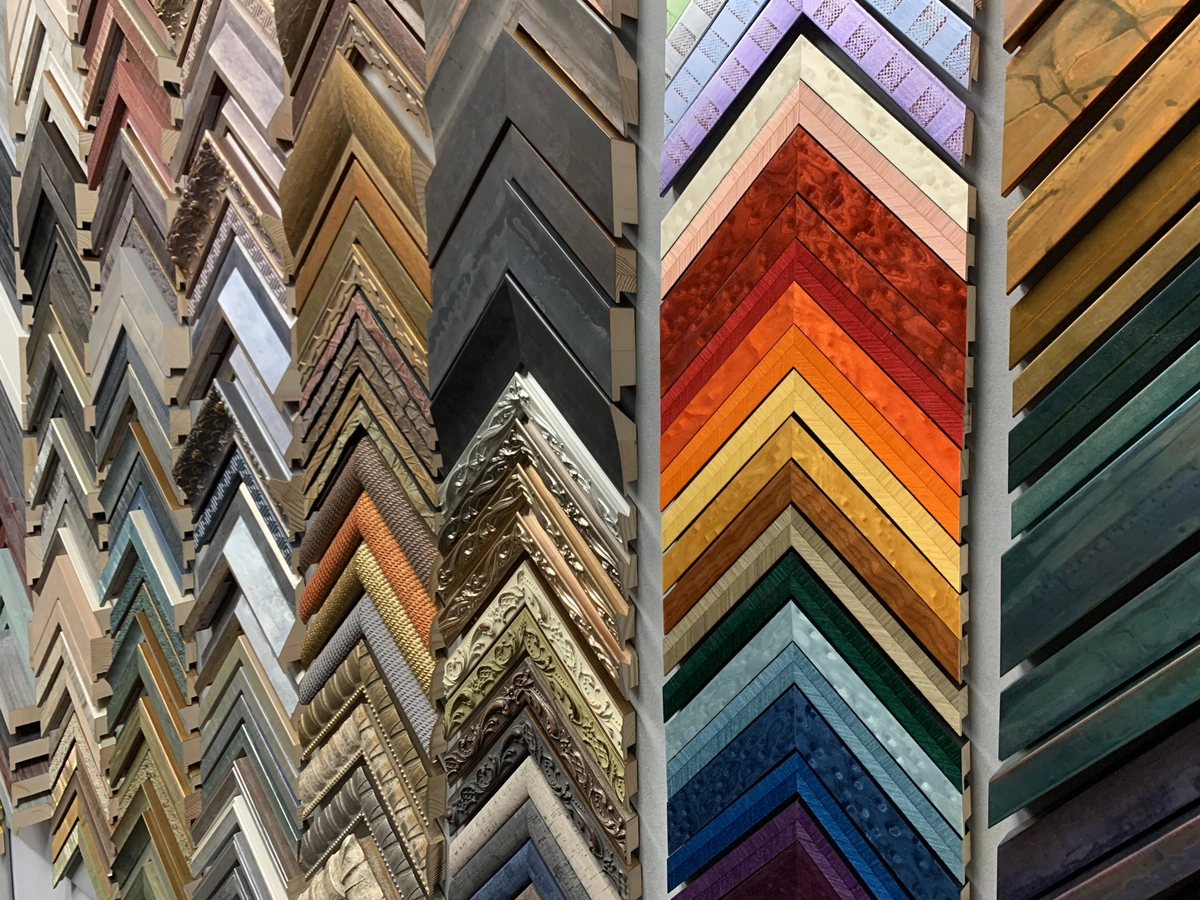Understanding Frame Materials: Options and Impacts
When selecting a frame for your artwork, the material is crucial. Frames are most commonly made from wood or metal, each offering distinct benefits and aesthetic effects. Wood frames provide a classic look and are versatile for both traditional and contemporary pieces. Metal frames offer a modern feel and are often used for abstract and minimalist art. Synthetic frames be a cost-effective option but many lack the structural integrity of wood or metal and may not hold up as well over time.
Color Coordination: How to Choose Frame Colors that Complement Your Art
Choosing the right color for your frame can dramatically enhance the visual impact of your artwork. Consider the dominant colors in the piece and select a frame color that complements or contrasts effectively. Neutral colors like black, white, or gray can highlight the art without competing with it, while bold frame colors should be chosen carefully to avoid overpowering the artwork.
Style Matching: Matching Frame Styles with Art Genres
The style of the frame should harmonize with the genre of the artwork. A baroque frame might suit classical or elaborate art, whereas a sleek, thin frame could enhance modern or abstract pieces. Consider the era and style of the art when choosing your frame to ensure a cohesive look.
Scale and Size: Guidelines for Framing Different Sizes of Artworks
The size of the frame should be appropriate to the size of the artwork. Larger pieces may require thicker, more substantial frames to support and complement the art, while smaller pieces might benefit from a thinner frame to keep the focus on the artwork itself. Always consider the wall space where the art will be displayed to ensure the framed piece will fit perfectly.
The Finishing Touch: Choosing the Right Glass and Matting Options
Glass and matting not only protect your artwork but also affect its presentation. Opt for UV-protective glass to prevent fading and choose acid-free matting and mounting material to ensure the longevity of your artwork. Be mindful of the thickness and color of the matting to ensure it adds to the aesthetic without overwhelming the artwork.

This content has been submitted by authors outside of this publisher and is not its editorial product. It could contain opinions, facts, and points of view that have not been reviewed or accepted by the publisher. The content may have been created, in whole or in part, using artificial intelligence tools.

